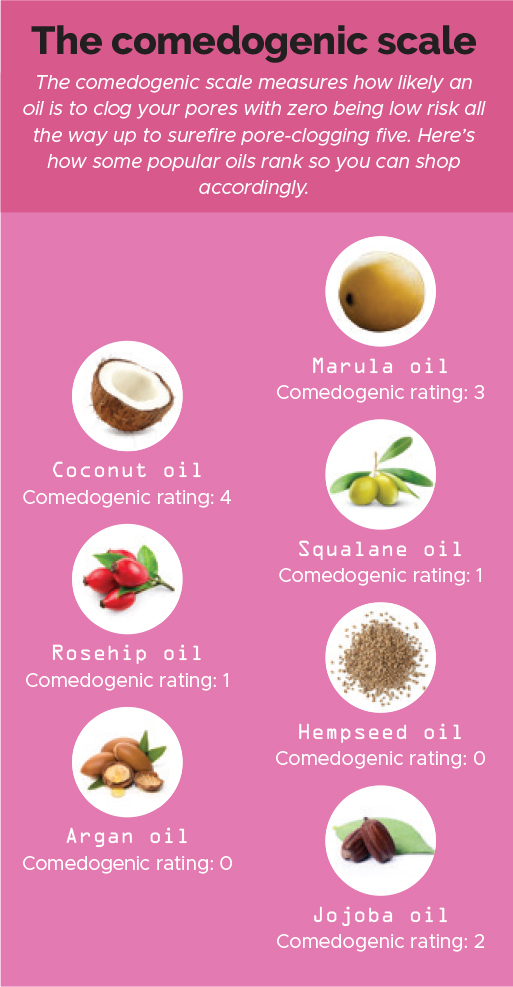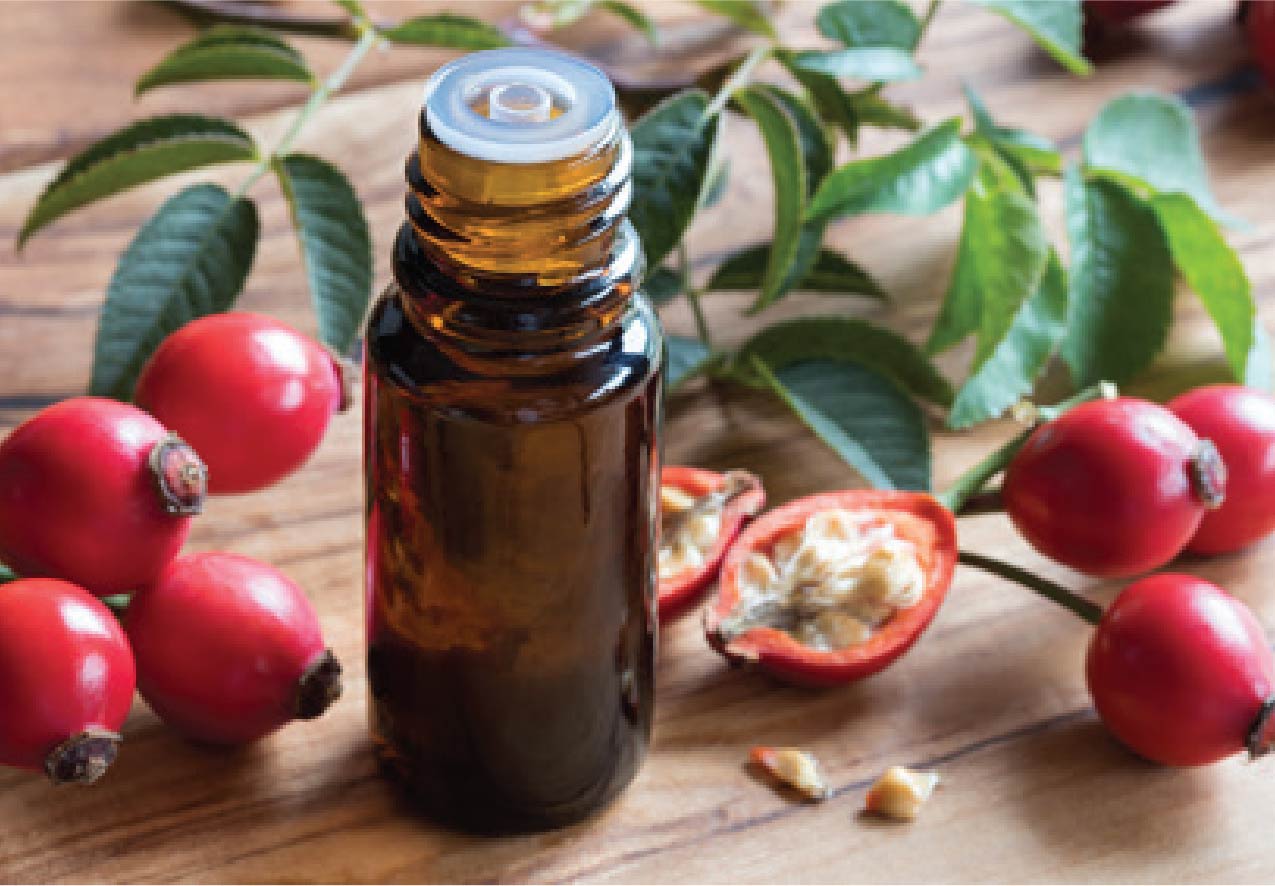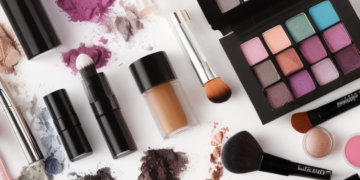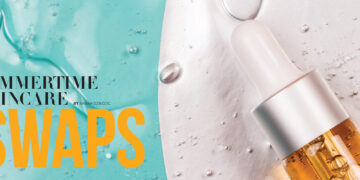The Role of Facial Oils in Skincare
Facial oils are the latest slick chicks in skincare, but what do they really do for our skin?

You may have noticed more facial oils cropping up in health and beauty stores in recent years, but these smooth elixirs are far from new. Oils were used in ancient Greek and Egyptian civilizations, they’re applied in various Ayurvedic practices, and let’s not forget beauty behemoth Olay used to be Oil of Olay for decades before their global name change. Perhaps it’s a growing desire for simpler, natural, skincare solutions or just a gluttony of choice in health and beauty—either way, you’ve likely seen, tried, or are considering trying a facial oil. But before you slather on the emollients consider following these recommendations by two Toronto dermatologists, Dr. Ben Barankin and Dr. Renée Beach.

SLIPPERY SLOPE
First off, our skin produces oil—aka sebum—on its own. “Each pore has a little apparatus beside it that pumps serum up a channel and onto our surface skin layers to produce hydration and provide environmental protection,” explains Dr. Beach. Unfortunately, this process is subject to the Goldilocks principle:
An overactive or imbalanced sebaceous gland is partly responsible for oily or acne skin, meanwhile, slower gland production due to aging or genetics can lead to dull, dry skin. So if you’re more reactive or sensitive then facial oils could actually cause more harm than help. “To start, you need to know your own skin type. If you have a drier skin type, then some oils could help to lock in moisture. With less-active sebaceous glands than those with oily or acne-prone skin, the risk factors in using one are vastly reduced,” says Dr. Barankin.
FACIAL OILS, WHAT IS IT GOOD FOR?
Absolutely nothing would be entirely fair, but it’s important to remember that despite the luxurious feel, facial oils don’t moisturize the skin per se. Water is essential for proper skin hydration and as you probably remember from science class, oil and water don’t mix. What some oils can offer has to do with locking in that moisture and acting as a protective barrier for the skin, which is why the order of application is so crucial.
“When layering your products, you want to start with applying those with the thinnest consistency followed by one of a thicker consistency, with medicated products first and sunscreen last,” says Dr. Beach. Put simply, if you apply an oil before your serums or lotions then those products won’t be able to properly penetrate the skin and do their jobs. Oils have their own set of unique properties that could hinder absorption.

“The larger the molecule, the less likely the oil is actually penetrating or doing anything for the epidermis or dermis of the skin,” explains Dr. Barankin. So choose wisely.
“Something like jojoba is closest in size to the molecules of our own sebum meaning it can actually go a little deeper in the skin.” And other oils like squalane are similarly bioavailable for facial use.
So facial oils are finicky, but that doesn’t mean they have no place in skincare. For those who aren’t reactive, certain facial oils can provide antimicrobial, antioxidant, as well as anti-inflammatory benefits.
For example, tea tree oil (as long as it’s an appropriate concentration and in a proper carrier oil) has been proven to reduce swelling in inflammatory acne, while rosehip oil’s vitamins A, C, and E work together to reduce the appearance of scars and hyperpigmentation. Oils can also make for cheap and effective cleansers. Instead of all that irritating scrubbing, try using an oil-based cleanser to break down dirt and makeup without stripping your skin dry.
If you discover using oil on your face is out of the question then there are still other uses like providing some TLC to your hair and body. “While coconut oil should be avoided on acne-prone skin, it’s great for your body and those with dry skin types,” says Dr. Barankin. Alternatively, add some lustre to dull hair by applying oil to the ends of your hair. Just do so sparingly—not only is there a fine line between covetable shiny hair and greasy locks but also applying it too close to the scalp can actually promote certain types of dermatitis and dandruff. Who knew oils could be so polarizing? Careful trial and error, research, and speaking with a dermatologist are your best bets when trying any new trend, including facial oils.
DOCTORS’ WORD

When it comes to topical treatments, even the most natural ones like plant-based oils should be approached with anger on the side of caution.
“When in doubt, test the product on your inner armour and other innocuous sites for a minimum of two weeks to gauge whether your skin tolerates it. When your skin responds—favourably or negatively—listen to it,” says Dr. Beach. Dr. Barankin agrees—listening to your skin is key. “Although one person may swear that oils have helped their skin, we must remember that we all have diverse skin types with different conditions. Oils may feel good on the surface for many patients, but that doesn’t mean they will work for everyone.” ..
















